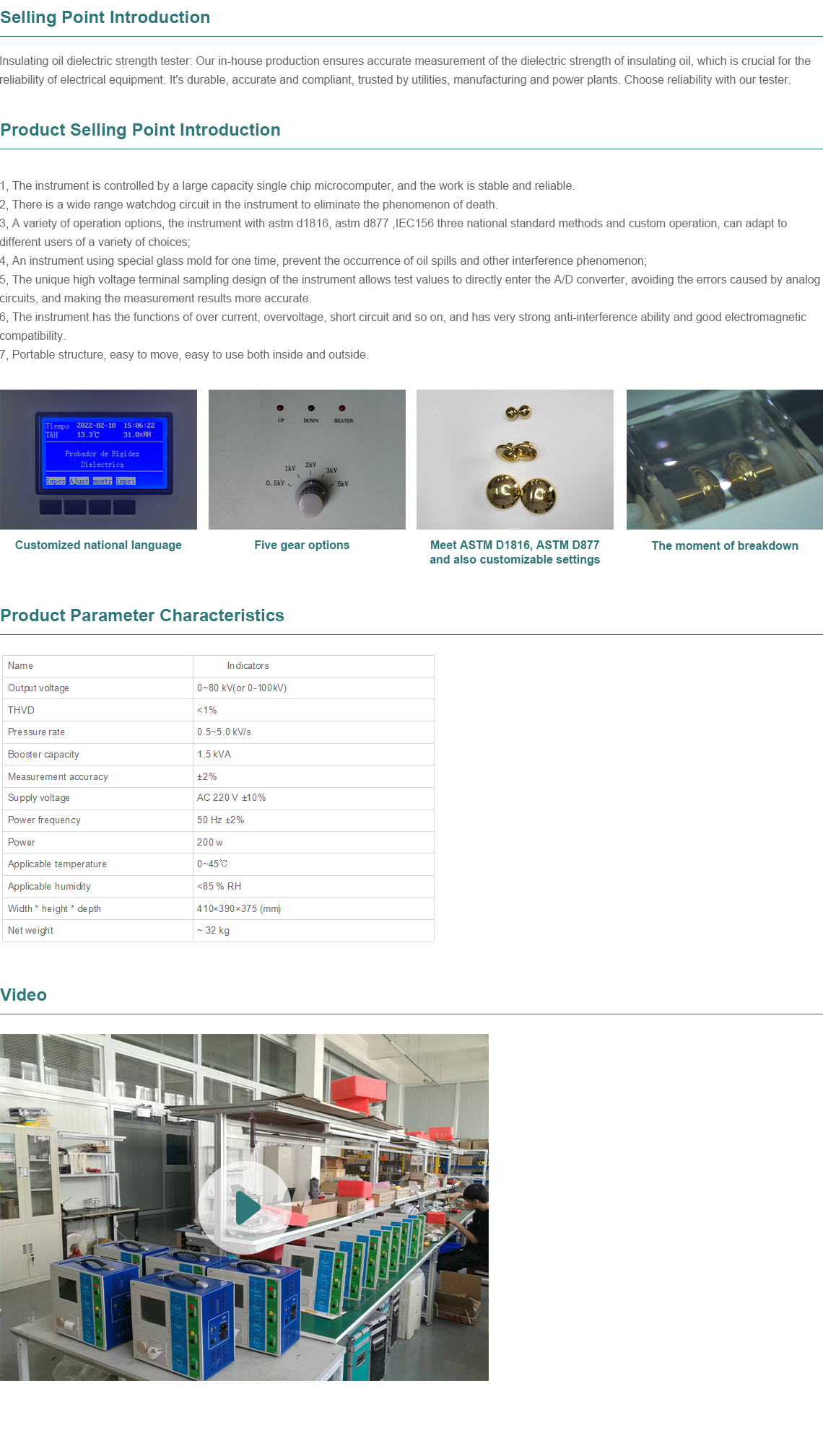 English
English



-
 Afrikaans
Afrikaans -
 Albanian
Albanian -
 Amharic
Amharic -
 Arabic
Arabic -
 Armenian
Armenian -
 Azerbaijani
Azerbaijani -
 Basque
Basque -
 Belarusian
Belarusian -
 Bengali
Bengali -
 Bosnian
Bosnian -
 Bulgarian
Bulgarian -
 Catalan
Catalan -
 Cebuano
Cebuano -
 China
China -
 China (Taiwan)
China (Taiwan) -
 Corsican
Corsican -
 Croatian
Croatian -
 Czech
Czech -
 Danish
Danish -
 Dutch
Dutch -
 English
English -
 Esperanto
Esperanto -
 Estonian
Estonian -
 Finnish
Finnish -
 French
French -
 Frisian
Frisian -
 Galician
Galician -
 Georgian
Georgian -
 German
German -
 Greek
Greek -
 Gujarati
Gujarati -
 Haitian Creole
Haitian Creole -
 hausa
hausa -
 hawaiian
hawaiian -
 Hebrew
Hebrew -
 Hindi
Hindi -
 Miao
Miao -
 Hungarian
Hungarian -
 Icelandic
Icelandic -
 igbo
igbo -
 Indonesian
Indonesian -
 irish
irish -
 Italian
Italian -
 Japanese
Japanese -
 Javanese
Javanese -
 Kannada
Kannada -
 kazakh
kazakh -
 Khmer
Khmer -
 Rwandese
Rwandese -
 Korean
Korean -
 Kurdish
Kurdish -
 Kyrgyz
Kyrgyz -
 Lao
Lao -
 Latin
Latin -
 Latvian
Latvian -
 Lithuanian
Lithuanian -
 Luxembourgish
Luxembourgish -
 Macedonian
Macedonian -
 Malgashi
Malgashi -
 Malay
Malay -
 Malayalam
Malayalam -
 Maltese
Maltese -
 Maori
Maori -
 Marathi
Marathi -
 Mongolian
Mongolian -
 Myanmar
Myanmar -
 Nepali
Nepali -
 Norwegian
Norwegian -
 Norwegian
Norwegian -
 Occitan
Occitan -
 Pashto
Pashto -
 Persian
Persian -
 Polish
Polish -
 Portuguese
Portuguese -
 Punjabi
Punjabi -
 Romanian
Romanian -
 Russian
Russian -
 Samoan
Samoan -
 Scottish Gaelic
Scottish Gaelic -
 Serbian
Serbian -
 Sesotho
Sesotho -
 Shona
Shona -
 Sindhi
Sindhi -
 Sinhala
Sinhala -
 Slovak
Slovak -
 Slovenian
Slovenian -
 Somali
Somali -
 Spanish
Spanish -
 Sundanese
Sundanese -
 Swahili
Swahili -
 Swedish
Swedish -
 Tagalog
Tagalog -
 Tajik
Tajik -
 Tamil
Tamil -
 Tatar
Tatar -
 Telugu
Telugu -
 Thai
Thai -
 Turkish
Turkish -
 Turkmen
Turkmen -
 Ukrainian
Ukrainian -
 Urdu
Urdu -
 Uighur
Uighur -
 Uzbek
Uzbek -
 Vietnamese
Vietnamese -
 Welsh
Welsh -
 Bantu
Bantu -
 Yiddish
Yiddish -
 Yoruba
Yoruba -
 Zulu
Zulu
partial discharge test of current transformer
Partial Discharge Testing of Current Transformers
Partial discharge (PD) testing is a crucial diagnostic tool used in the evaluation of electrical insulation systems, particularly in high-voltage equipment such as current transformers (CTs). Current transformers are essential devices used for measuring electric current in power systems, and their reliability is key to ensuring the safety and stability of electrical networks. PD testing helps in detecting degradation in insulation materials, allowing for timely interventions and maintenance.
Understanding Partial Discharge
Partial discharge refers to localized dielectric breakdown within an insulation system that does not bridge the electrodes. It typically occurs due to the presence of defects or imperfections in the insulating medium, such as air bubbles, impurities, or uneven separation. These discharges can cause damage over time, leading to insulation failure, which may result in catastrophic equipment failure, process interruptions, and significant financial losses.
In current transformers, partial discharges can occur within the dielectric insulation of the windings, the transformer housing, or in the bushings that connect the transformer to external circuits. Detecting PD at an early stage is essential to prevent further deterioration and maintain the operational integrity of the transformer.
Importance of PD Testing
The primary objective of conducting partial discharge testing on current transformers is to identify potential insulation weaknesses before they lead to severe failures. This non-destructive testing method allows technicians to assess the condition of the insulation system without interrupting the transformer’s operation. Early detection of PD can result in increased reliability, extended service life, and reduced maintenance costs.
PD testing is particularly valuable in the following contexts
2. Condition Monitoring In-service monitoring of CTs through PD measurement provides an ongoing assessment of insulation health, enabling adaptive management strategies based on real-time data.
partial discharge test of current transformer

3. Quality Control During the manufacturing process, PD testing helps ensure that transformers are built to withstand the electrical stresses they will encounter in service, thereby minimizing the risk of early failures.
The PD Testing Process
The process of partial discharge testing involves several key steps
1. Preparation The transformer must be isolated and prepared for testing. Safety protocols must be followed to ensure that the equipment is safe for personnel and the environment.
2. Setup Specialized PD measuring instruments are connected to the current transformer. These devices are capable of detecting the electrical signals emitted during partial discharges.
3. Measurement The transformer is energized, and measurements are taken during normal operating conditions. The PD measurement device captures the high-frequency signals associated with partial discharges.
4. Analysis The recorded data is analyzed to determine the severity and frequency of partial discharges. This analysis can help identify specific areas within the insulation system that may require maintenance or further investigation.
5. Reporting Results from the tests are documented, providing a comprehensive overview of the transformer’s insulation condition. This report can be used for further analysis or to inform decision-making regarding maintenance strategies.
Conclusion
Partial discharge testing is an invaluable tool in the maintenance and management of current transformers in the power industry. By proactively identifying insulation weaknesses and potential failures, utility companies can safeguard their investments while enhancing the reliability of the electrical grid. As technology advances, the methods and tools for PD testing continue to evolve, providing even more accurate and comprehensive insights into the condition of current transformers and other high-voltage equipment. Investing in regular PD testing not only protects equipment but also contributes to the overall efficiency and reliability of power distribution systems.
-
Ensuring SF₆ Gas Safety: Introducing PUSH’s Integrated SF₆ Analyzer for Dew Point, Purity, and Decomposition MonitoringNewsJul.10,2025
-
Exploring the Main Types of Industrial Endoscopes and Their Applications Across IndustriesNewsJul.04,2025
-
Testing Equipment Industry Sees Major Advancements in 2025: Smart & Precision Technologies Lead the WayNewsJun.06,2025
-
Applications of Direct Current Generators in Renewable Energy SystemsNewsJun.05,2025
-
Hipot Tester Calibration and Accuracy GuidelinesNewsJun.05,2025
-
Digital Circuit Breaker Analyzer Features and BenefitsNewsJun.05,2025



